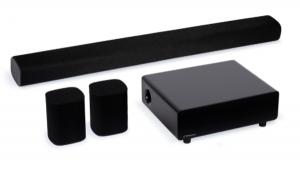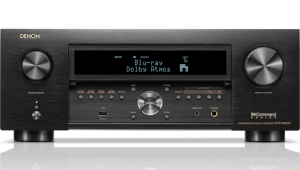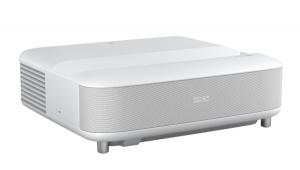What is meant by opposite directions? Does one push air while the other pulls, or does the left one fire to the left and the right one fire to the right? The former scenario doesn't really require that much power and in the end you really effectively have one driver "making" the sound, In the latter scenario, you got 2 drivers pushing air into the room and working against each other and against internal pressure/vacuum and requires a lot of power, but is the only way to realize the benefit of dual drivers.
If I were to design a dual driver sub, that's what I would do, and and if this is what results in "sub crawl", then you need I'd figure another way to counter that.
SVS Announces 3000 Micro Subwoofer

“For too long, micro subwoofers have been imposters in the category with disappointing output, compromised sound quality, flawed engineering, and other performance issues,” said Gary Yacoubian, SVS President. “In the world of subwoofers, the 3000 Micro is like a magic trick. Its massive output, impressive extension, and pinpoint accuracy from such a small enclosure is unprecedented and further cements SVS’ legacy of setting the performance bar with every new product.”

According to SVS, the 3000 Micro’s progressive inverted surround “allows for maximum excursion and is critical to moving massive amounts of air and generating sound pressure levels you can feel at the deepest frequencies from such a small enclosure.” A 50 MHz Analog Devices Audio DSP with 56-bit filtering, advanced in-room tuning, and optimized frequency response curves is used to optimize the Sledge amplifier’s output, maximizing the “real-world potential” of the 3000 Micro subwoofer, which has a 23Hz to 240Hz +/-3 dB specified frequency response.
Available now from svsound.com and retailers nationwide, the 3000 Micro is priced at $799.99 and comes in a Piano Gloss Black or Piano Gloss White finish.
- Log in or register to post comments


Nothing new here, good old Velodyne, Sunfire etc all have tried this before . That’s why it requires enormous amounts of amplifier power to somewhat overcome small enclosure limitations and push the opposing transducers.



















































